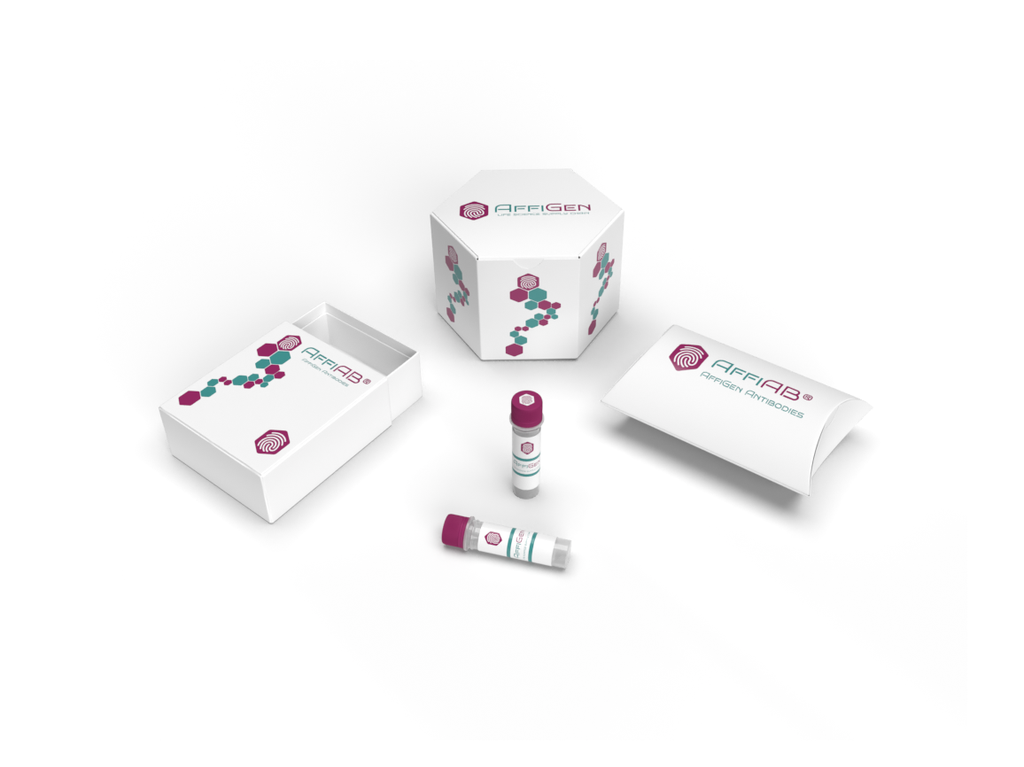AffiAB® Anti-LGR5/GPR49 Antibody
G protein-coupled receptors (GPCRs) , also designated seven transmembrane (7TM) receptors or heptahelical receptors, interact with G proteins (heterotrimeric GTPases) to synthesize intracellular second messengers, such as diacylglycerol, cyclic AMP, inositol phosphates and calcium ions. Their diverse biological functions range from vision and olfaction to neuronal and endocrine signaling and are involved in many pathological conditions. LGR5 (leucine-rich repeat-containing G-protein coupled receptor 5) , also known as GPR49 or GPR67, is a 907 amino acid multi-pass membrane protein that contains 17 leucine-rich repeats and belongs to the G protein-coupled receptor family. Expressed in placenta, skeletal muscle and spinal cord, LGR5 functions as an orphan receptor that is thought to play an important role in embryonic growth control and cellular differentiation. Overexpression of LGR5 is associated with increased tumor susceptibility and malignant transformation, implicating LGR5 as a potent tumor-inducing protein.
Antibody type
Rabbit polyclonal Antibody
Uniprot ID
SwissProt: O75473 Human; SwissProt: Q9Z1P4 Mouse; Entrez Gene: 299802 Rat
Recombinant
NO
Conjugation
Non-conjugated
Host
Rabbit
Isotype
IgG
Clone
N/A
KO/KD
N/A
Species reactivity
Human, Mouse, Rat
Tested applications
WB, IHC-P, FC
Predicted species reactivity
N/A
Immunogen
Synthetic peptide within Human LGR5 / GPR49 aa 499-548 / 907.
Storage
Store at +4°C after thawing. Aliquot store at -20°C. Avoid repeated freeze / thaw cycles.
Form
Liquid
Storage buffer
1*PBS (pH7.4) , 0.2% BSA, 50% Glycerol. Preservative: 0.05% Sodium Azide.
Concentration
1 mg/ml.
Purity
Immunogen affinity purified.
Signal pathway
N/A
Recommended dilutions
WB: 1:500-1:1, 000
; IHC-P: 1:50-1:200
; FC: 1:50-1:100
Molecular Weight
100 kDa
Subcellular location
Cell membrane, Golgi apparatus.
Positive control
Rat skeletal muscle tissue, human liver cancer tissue, human kidney tissue, mouse brain tissue, HCT116.
